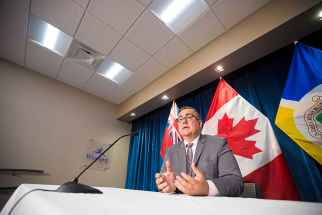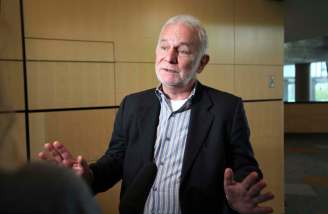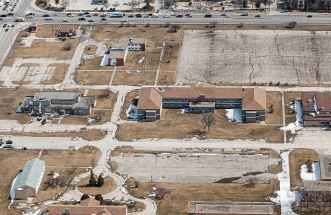Kapyong development plans should allay fears
Read this article for free:
or
Already have an account? Log in here »
To continue reading, please subscribe:
Monthly Digital Subscription
$0 for the first 4 weeks*
- Enjoy unlimited reading on winnipegfreepress.com
- Read the E-Edition, our digital replica newspaper
- Access News Break, our award-winning app
- Play interactive puzzles
*No charge for 4 weeks then price increases to the regular rate of $19.00 plus GST every four weeks. Offer available to new and qualified returning subscribers only. Cancel any time.
Monthly Digital Subscription
$4.75/week*
- Enjoy unlimited reading on winnipegfreepress.com
- Read the E-Edition, our digital replica newspaper
- Access News Break, our award-winning app
- Play interactive puzzles
*Billed as $19 plus GST every four weeks. Cancel any time.
To continue reading, please subscribe:
Add Free Press access to your Brandon Sun subscription for only an additional
$1 for the first 4 weeks*
*Your next subscription payment will increase by $1.00 and you will be charged $16.99 plus GST for four weeks. After four weeks, your payment will increase to $23.99 plus GST every four weeks.
Read unlimited articles for free today:
or
Already have an account? Log in here »
Hey there, time traveller!
This article was published 28/06/2019 (2359 days ago), so information in it may no longer be current.
National Indigenous Peoples Day is an opportunity for Indigenous Peoples and Canadians to meet, share and learn from one another.
On June 21, however, Winnipeggers received a gift, as the clearest vision yet of the development plans for the former Kapyong Barracks was offered by the seven Treaty 1 First Nations which have taken over the lands.
Since reaching an agreement to take over the former military base, settling a small part of century-old land claims, Treaty 1 First Nations have released few details regarding what will happen on the stretch of Route 90 (Kenaston Boulevard) that used to be home to Canada’s military.
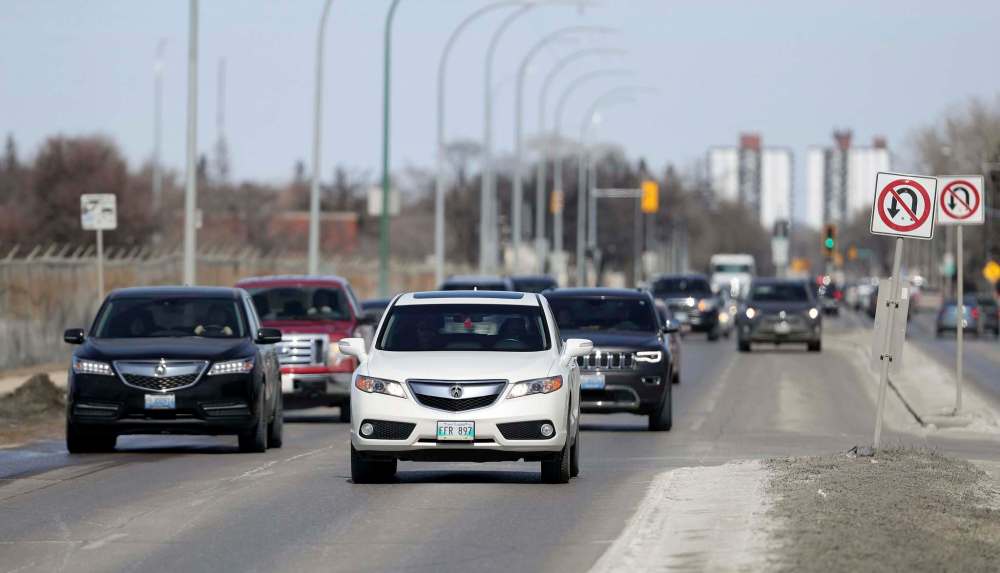
Chiefs have promised mostly commercial and residential development, but misinformed rumours about the project have included a casino, water park and drug treatment centre, raising fears among some that First Nations’ plans won’t consider the current circumstances and long-term potential of the area.
Instead, the plans released last week promise to radically improve the existing space, offering a mixed residential area and primarily commercial and shopping development on Kenaston with a gas bar, sports facility, convention centre and two hotels off Taylor Avenue.
In addition, plans include green space, an educational facility, a war museum, a daycare and a Treaty 1 governance centre.
The plan looks innovative and modern, and will benefit all Winnipeggers. This new blueprint should alleviate all fears and finally cast rumours aside, reinforcing what has been shown in other communities — that urban reserves are among the most exciting and mutually beneficial economic partnerships a city and First Nations can have.
Still, however, there are concerns. Few are of First Nations’ creation, but they have the potential to hamper the development.
The just-released plans don’t address the long-held concerns about traffic on Kenaston. The Treaty 1 First Nations have said they are open to Route 90 being widened by one lane on each side, but were recently critical of the obstacles the City of Winnipeg put in their way. Those expansion plans, for now, appear to be shelved.
Second, there appears to be growing concern related to parking. Commercial development comes with parking requirements, and with hundreds of residential units also being added nearby, no parkades planned and limited public transit serving the area, indications are that Treaty 1 leaders might have overlooked a legitimate parking issue.
The third concern is more a problem for Winnipeg as a whole than an issue related strictly to the Kapyong redevelopment. Kenaston is already the city’s most traffic-congested and noisy thoroughfare, not to mention the route through some of Winnipeg’s most expensive real estate. Are city planners prepared for what is about to become the largest economic development project in this city’s history?
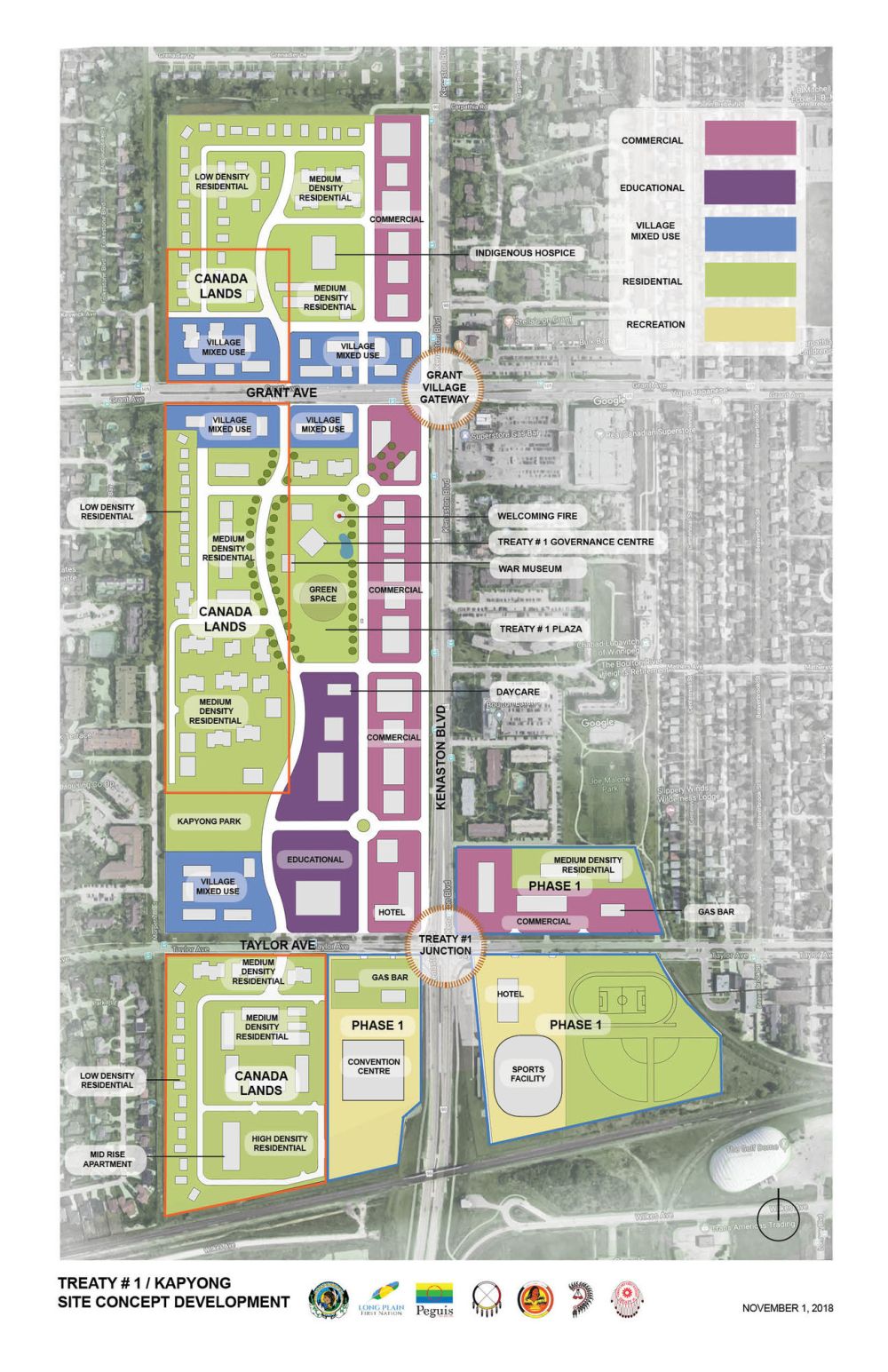
Are they prepared for the wear and tear on local roads? Are area residents prepared for what will be likely five years of construction chaos? Are city service deliverers prepared for the massive shift that will turn a virtually abandoned area into bustling urban sprawl?
Most of these questions must be answered by the City of Winnipeg, which has mostly ignored the traffic and development issues on Route 90 while big-box retail stores have moved in farther south and the roads have been overwhelmed.
New enterprises are about to open up shop along Winnipeg’s busiest route, and if local government does not move to modernize the area, existing problems will intensify and deepen, and the fault will not lie with the Treaty 1 First Nations whose plan will bring positive change to a long-stagnant area.


